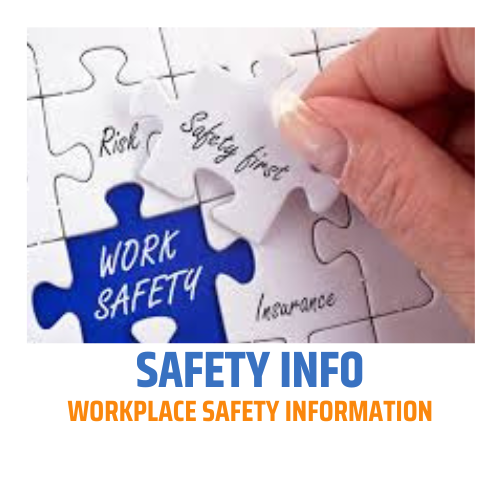What are Lab Safety Practices in America?
In the United States, laboratory safety practices aim to
ensure the well-being of personnel, protect the environment, and prevent
accidents or exposures in laboratory settings. While specific practices can
vary based on the type of laboratory and its operations, here are some common
lab safety practices followed in America:
- Risk Assessment and Planning:
- • Conduct thorough risk assessments before conducting any lab work to identify potential hazards and develop appropriate safety measures.
- • Developing standard operating procedures (SOPs) that outline step-by-step instructions for conducting experiments safely.
- Personal Protective Equipment (PPE):
- •Wearing appropriate PPE, including gloves, lab coats, goggles, face shields, or respirators, depending on the nature of the hazards present.
- • Ensuring PPE is properly fitted, in good condition, and used consistently.
- Chemical Management and Storage:
- • Properly labeling and storing chemicals, following compatibility guidelines to prevent hazardous reactions.
- • Maintaining an updated chemical inventory and SDS (Safety Data Sheets) for all hazardous substances.
- • Implementing proper segregation and storage practices for flammable, corrosive, toxic, or reactive chemicals.
- Engineering Controls and Equipment Safety:
- • Ensuring proper ventilation, such as fume hoods or local exhaust systems, to control chemical vapors and fumes.
- • Regular inspection, calibration, and maintenance of laboratory equipment to ensure safe and reliable operation.
- Waste Management:
- • Proper segregation, labeling, and disposal of different types of laboratory waste, including chemicals, biological materials, and sharps.
- • Following regulations and guidelines for the safe handling and disposal of hazardous waste.
- Emergency Preparedness:
- • Developing and regularly reviewing emergency response plans, including procedures for chemical spills, fires, medical emergencies, or evacuation.
- • Maintaining accessible emergency equipment, such as fire extinguishers, eyewash stations, safety showers, and first aid kits.
- Training and Education:
- • Providing comprehensive safety training to laboratory personnel, including new employees and students.
- • Regularly updating and reinforcing safety protocols, including hazard communication, emergency procedures, and best practices.
- Regulatory Compliance:
- • Adhering to applicable federal, state, and local regulations, such as OSHA standards and
- Environmental regulations.
- • Complying with specific industry standards or guidelines, depending on the nature of the laboratory's work.
It's important for laboratories to maintain a culture of
safety, encourage open communication about safety concerns, and empower
employees to actively participate in identifying and addressing potential
hazards. Additionally, keeping up with advancements in safety practices,
incorporating new technologies, and conducting periodic safety audits or
inspections can help ensure ongoing laboratory safety.







0 Comments